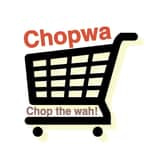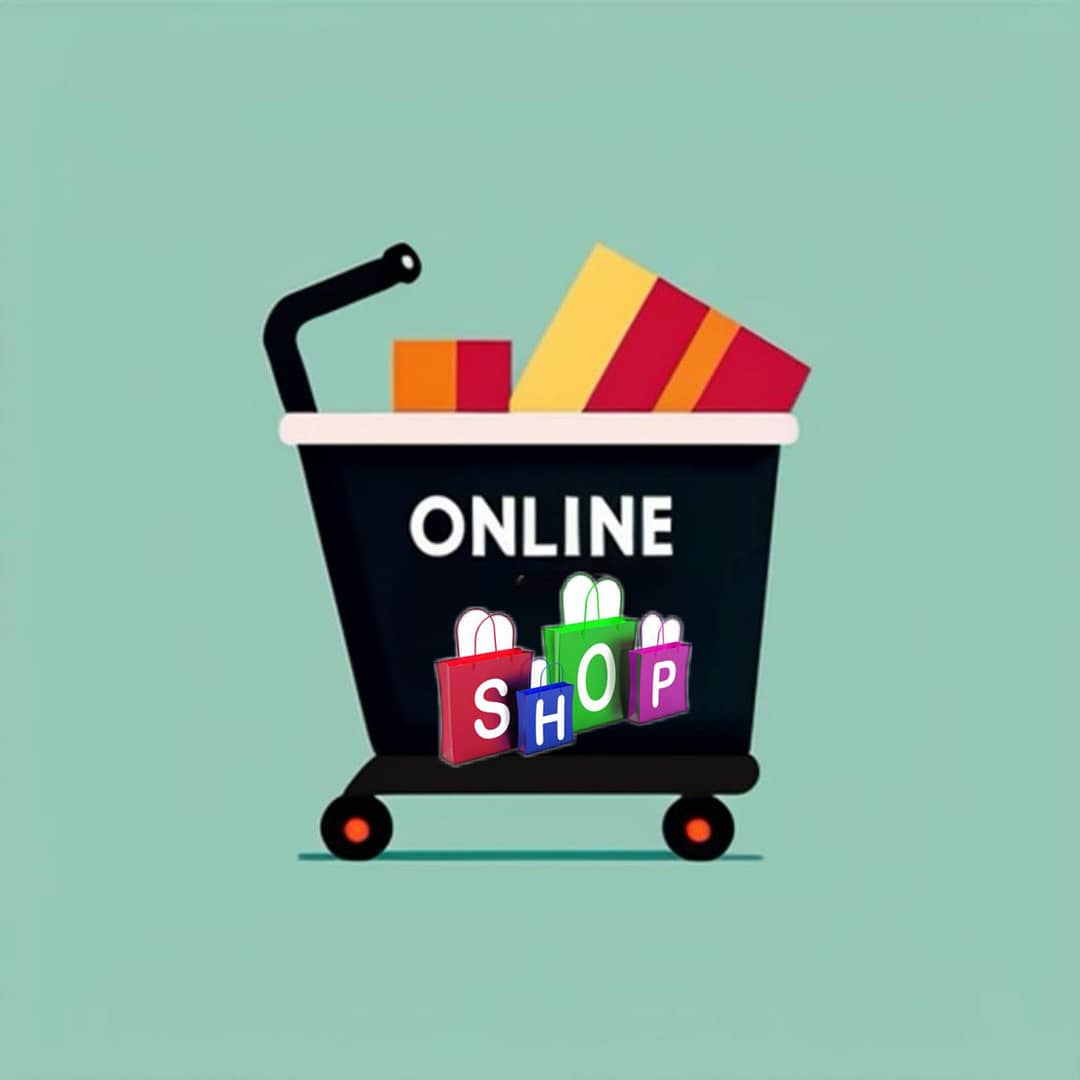If there’s anything the world of online shopping teaches you, it’s that a little knowledge goes a long way. If you’re staring down a jungle of marketplaces filled with impossible deals, fake reviews, and an endless supply of stuff, don’t worry. I’ve spent years hopping from store to store, bargain hunting, and avoiding scams, so I know a few tricks to help anyone master the scrolling aisles. Here’s the inside scoop on how to find your way through online marketplaces like a pro, even if your experience so far is mostly scrolling funny T-shirts at midnight.

Decode Online Marketplaces? What You’re Really Working With
Online marketplaces are much more than just digital shopping malls. You’ll stumble upon everything from singleseller shops to megastores stocking millions of goods. Sites like Amazon, eBay, and Etsy are massive hubs, but make sure not to forget niche spots such as StockX or Reverb for specialty items. The important thing to remember is that each platform has its own community, rules, and quirks, so knowing these is a game changer.
Unlike walking into a brick and mortar store, here you’re “shopping around the world” from your couch. That means more sellers (good and bad), unlimited products, and a few language hurdles. It also means a ton of choices, often better deals, and loads of user reviews—which work in your favor if you know how to spot the real from the fake.
Marketplaces are always evolving as new trends pop up and consumer preferences mix things up. Some begin to focus more on local sellers, while others are built to take advantage of global reach. Learning these shifts helps you make the most of features like live auctions, instant buyout options, or community-based forums. If you picture online shopping as a global mall with constantly changing pop-up stores, you’re on track.
First Moves? Set Up for Safe and Smart Shopping
Before spending a dime, I always set up a solid base for my shopping adventure. Safety first: start with strong passwords, unique logins for each platform, and twofactor authentication if available. A good tip is to separate your shopping email from personal or work emails because nobody needs a dozen promotional spams every week.
Most big marketplaces offer buyer protection now, but it helps to check what that means for your platform. Knowing the difference between a guaranteed refund and “buyer beware” can save you a real headache. I also recommend bookmarking or setting up notifications for items you want. Some marketplaces offer price drops, restocks, or seller discounts to watchers, so your patience can actually pay off.
Look for platforms with clear policies on data privacy, too. The less they ask for, the better. And if an online store starts pushing you to save your credit card for “faster checkout,” weigh the convenience against possible risks. Shopping should always be on your terms.
Read the Room? Seller Ratings and Product Reviews
Not all reviews were created equal, and sometimes they’re suspiciously positive or negative. I usually skim both the top-rated and worst reviews, but I pay special attention to those with solid details, customer photos, or shoutouts for specific features.
- Look For Verified Purchases: These mean the person really bought the item, which is super useful for finding honest feedback.
- Filter by Date: Sometimes a product improves or flops over time, so newer reviews are usually more accurate.
- Spot Fake Reviews: I watch for repeated phrases, vague comments, and reviews full of strange grammar all bunched together. That usually means something is up.
- Check Seller Ratings Carefully: Sellers with high ratings and long sales histories generally care about happy customers. If the account was created last week and ships from several countries, be wary.
For expensive or rare buys, I’ll sometimes even Google the seller or product name for outside forum talk—nothing like community drama to show when something’s a scam.
The Art of Comparison Shopping
I almost never buy from the first listing I spot. Instead, I open several tabs and compare the same item by price, location, shipping, and return policies. Browser extensions that alert you to price changes (CamelCamelCamel, Honey, or Keepa for Amazon) are especially useful. They show price history, so you know if that “limited discount” is just the regular price with new marketing attached.
- Account for Shipping: Some sellers get you with low prices and high shipping. Think about the total cost, so always check the bottom line.
- Factor in Returns: Marketplace return policies are all over the map. If you’re unsure about size or compatibility, check if returns are hassle-free—and without extra fees.
- Bundles & Extras: Sometimes, listings with slight price bumps toss in free extras, bonus warranties, or better support. Decide what matters to you before buying.
Think of comparison shopping as a quick way to fast-track a smart decision. Sorting through options can feel tedious, but it’ll spare you buyer’s regret down the line.
Watch Out for Common Pitfalls
- Counterfeits and Knockoffs: These show up everywhere. Brands like “Rayban” with odd spelling, popular tech with prices that are simply too low, or listings with blurry photos should make you pause. Search authorized sellers or buy direct from the brand when in doubt.
- Bait and Switch Product Variations: Sometimes, a listing has beautiful photos but delivers only a small accessory. Double-check the model, color, and package contents. Carefully read all descriptions, even the fine print.
- Unclear Return Terms: That cheap deal might cost more if you can’t send it back. Always check how returns work—international sellers often make you pay for expensive return shipping, which can ruin your savings.
- Payment Outside the Platform: If a seller tells you to pay using bank transfer, Venmo, crypto, or anything off the official site, walk away. Using the platform keeps your purchase protected; skipping it throws that safety net out the window.
Quick Tip: When in Doubt, Screenshot Everything
If a product seems sketchy, I screenshot listings, messages, prices, and what features are promised. This helps if you run into customer service issues or if a listing changes or disappears while you wait. You don’t need to be paranoid, just smart.
Bargain Hunting? Tips for the Best Deals
There’s nothing wrong with chasing a deal. Here’s my game plan for scoring great prices (without crossing the line):
- Use Multiple Marketplaces: Search for your item on at least two or three big sites. Prices, coupons, and bundles can change hugely across platforms.
- Join Loyalty Programs: Signing up often gets you secret sales, members-only deals, or birthday perks. Just use a spam-blocker to keep your email sane.
- Time Your Shopping: Big sales hit during holidays, end-of-season blowouts, or on platform events (like Prime Day or Black Friday). Be patient—sometimes waiting is the best way to find an epic discount.
- Negotiate! On eBay or similar sites with offers, try making a lower bid. Sellers frequently agree, especially if the listing’s been sitting around for a while.
For smaller items, stack savings by checking if credit card rewards or browser cashback plug-ins can tack on a few bonus bucks.
Returns, Refunds, and Problem Solving
Even the most careful shopper will eventually run into trouble. Items come in broken, wrong, or missing. The first step is to act quickly. Most marketplaces have a window (often short) to start a return or complaint.
- Save Packaging and Paperwork: Keep everything until you make sure it works, since returns are way smoother if you have the original packaging and paperwork.
- Be Specific in Your Claim: When messaging support, include sharp photos, order info, and a clear explanation—support teams like details.
- Escalate As Needed: If the seller disappears, use the resolution center or help chat. Most platforms respond to polite, documented requests.
It’s always worth double-checking the platform’s buyer protection terms upfront, so you’re never left wondering what rights you have if things get messy. And sometimes, your credit card or PayPal offers extra protection beyond the marketplace, so use those when you can.
Smart Shopping Habits for the Long Haul
Shopping like a pro on online marketplaces isn’t just about snatching deals—it’s about building routines that save you money and stress. Over time, I’ve built my system for smoother shopping and better outcomes:
- Stick with sellers who have a positive track record instead of gambling on new accounts with little history.
- Create a wishlist for things that catch your eye so you don’t buy on impulse. Cooling-off helps!
- Track what you buy, return, and which sellers make life simpler. Having favorites makes returning items or buying again a breeze.
- Look for warranties, especially on tech or gear—sometimes you need to register these with the manufacturer, not just the marketplace.
Sharing your experiences with friends can help them avoid common pitfalls, and reading blog posts or reviews on trickier marketplace categories (like electronics or collectibles) will keep you sharp for future purchases.
Marketplace Shopping: Frequently Asked Questions
Everybody’s got questions when they jump into online shopping. Here are some classics I hear often:
Q: How do I know if a price is really a good deal?
A: Check the price on at least one other site, use tools to check price history (such as CamelCamelCamel or PriceCharting for games), and see how long the deal lasts. Price drops can mean a clearance or a soon-to-be outdated model, so decide if you’re okay with that.
Q: What if my order never arrives?
A: Use your marketplace’s customer support. Make a claim ASAP with all order details and screenshots. Protected payment methods like credit cards are your friend—banks can help if the platform drags its feet.
Q: Are marketplace gift cards safe to buy?
A: Only buy from the actual marketplace or trusted stores. Skip third-party sellers, as scams can empty your balance before you even shop.
Getting the Most from Every Click
Jumping into online marketplaces takes a mix of curiosity, caution, and cleverness. If you pay attention to seller histories, sift through reviews, and make sure you know how returns work, you’ll shop with more confidence than the average browser. Every deal I’ve landed had behind-the-scenes prep—and a couple of “learn-the-hard-way” stories too. Happy shopping, and here’s hoping your next package is exactly what you wanted.
Smart Shopper Guide GPT
Your dynamic, eco-conscious shopping assistant for personalized, sustainable choices.
Join a thriving community
Stay in the loop with everything you need to know
And build your own online presence!
-
A plan with 6 steps for skincare routine
-
Stay Connected and Stylish with the Latest Cell Phone and Accessories
-
Learn by doing in education
-
5 Steps GuideTo Online Shopping For Electronics
Heads up! If you’re looking to join Wealthy Affiliate, make sure you sign up using my referral link to get access to my personal coaching and all WA features."










